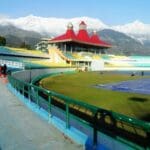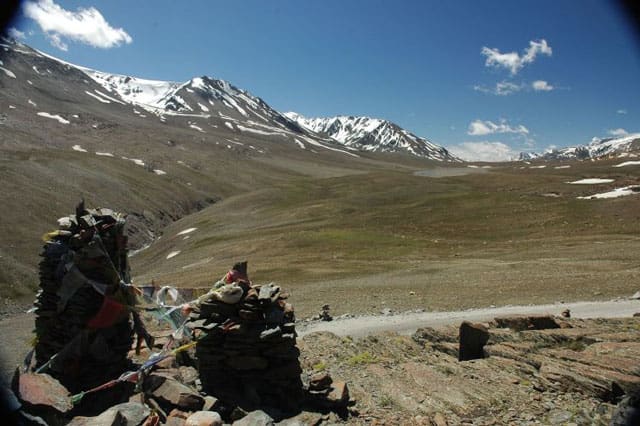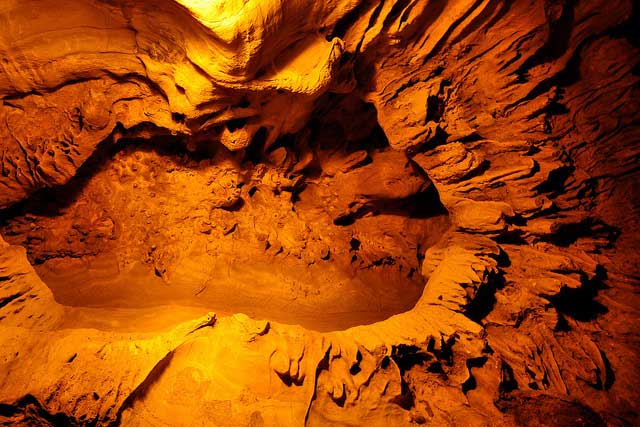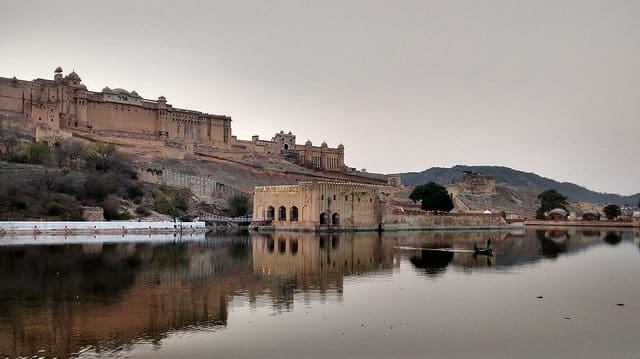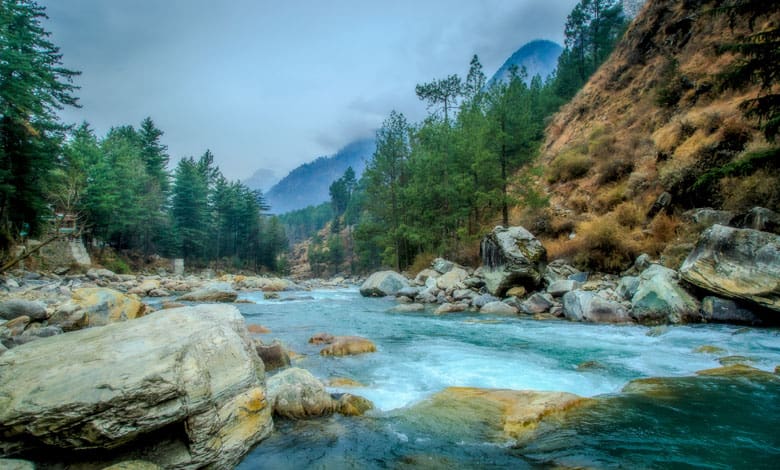Discover the top 6 places to visit in Bijapur, Karnataka, and delve into the rich history, cultural heritage, and architectural marvels of this enchanting city. From ancient monuments to vibrant markets, Bijapur offers a tapestry of experiences waiting to be explored.
Introduction
Nestled in the heart of Karnataka, Bijapur is a city steeped in history and culture. Renowned for its architectural splendors, the city boasts a rich heritage that dates back centuries. From imposing forts to intricately carved mosques, Bijapur offers a glimpse into a bygone era. In this comprehensive guide, we’ll uncover the top 6 places to visit in Bijapur, inviting you on a journey through its storied past and vibrant present.
Exploring Bijapur: A Detailed Overview
Gol Gumbaz
Gol Gumbaz, meaning “Round Dome,” is the crowning jewel of Bijapur’s architectural wonders. Built in the 17th century by Mohammed Adil Shah, the Sultan of Bijapur, this mausoleum is renowned for its massive dome, which is the second-largest in the world after St. Peter’s Basilica in Rome. The interior of Gol Gumbaz is equally impressive, with a whispering gallery that allows whispers to travel across the dome, creating a unique acoustic experience. Visitors can climb to the top of the dome for breathtaking views of Bijapur’s skyline.
Ibrahim Rauza
Ibrahim Rauza is a breathtaking complex dedicated to Ibrahim Adil Shah II, the ruler of Bijapur, and his queen, Taj Sultana. Built in the 17th century, this architectural masterpiece is hailed as one of the finest examples of Deccan architecture. The highlight of Ibrahim Rauza is the intricately carved tomb and mosque, adorned with exquisite calligraphy and geometric patterns. Surrounding the main structures is a serene garden, providing a tranquil retreat for visitors to explore and admire the beauty of Bijapur’s heritage.
Jami Masjid
Jami Masjid, also known as the Great Mosque, is a magnificent testament to Bijapur’s Islamic heritage. Built in the 16th century by Adil Shah I, this grand mosque is one of the largest in India, capable of accommodating thousands of worshippers. The mosque’s imposing structure features towering minarets, intricately carved arches, and a vast courtyard. Inside, visitors can marvel at the elegant prayer hall and the ornate mihrab, which points towards Mecca.
Malik-e-Maidan
Malik-e-Maidan, meaning “The Monarch of the Plains,” is a colossal cannon that stands as a symbol of Bijapur’s military prowess. Cast in the 16th century by Ibrahim Adil Shah II, this massive cannon is renowned for its size and craftsmanship. Weighing over 55 tons, Malik-e-Maidan is believed to be one of the largest cannons in the world. Its barrel is adorned with intricate designs, including depictions of mythical creatures and floral motifs, showcasing the artistic prowess of Bijapur’s craftsmen.
Bara Kaman
Bara Kaman, or “12 Arches,” is an architectural marvel that reflects the grand ambitions of Ali Adil Shah II, the ruler of Bijapur. Originally intended to be the mausoleum for Ali Adil Shah II and his wives, Bara Kaman features a series of imposing arches set amidst a lush garden. Despite being unfinished, the monument exudes a sense of grandeur and majesty, drawing visitors with its impressive scale and intricate design.
Gagan Mahal
Gagan Mahal, meaning “Sky Palace,” is a majestic palace that once served as the residence of the Adil Shahi kings. Built in the 16th century, this sprawling complex features a blend of Persian and Indian architectural styles, characterized by its grand facades, ornate balconies, and spacious courtyards. Today, Gagan Mahal stands as a poignant reminder of Bijapur’s royal legacy, offering visitors a glimpse into the opulent lifestyle of the city’s rulers.
Things to Do
- Explore Bijapur Fort: Immerse yourself in history at Bijapur Fort, home to palaces, mosques, and granaries.
- Visit Asar Mahal: Admire the mirror work and paintings at Asar Mahal, a royal residence and place of worship.
- Sample Local Cuisine: Indulge in authentic Bijapur cuisine, including Biryani and Karadantu, at local eateries.
- Shop at Local Markets: Discover unique handicrafts and souvenirs at Bijapur’s bustling markets.
- Attend Cultural Events: Experience the vibrancy of Bijapur’s festivals and cultural events, such as the Bijapur Utsav.
Climatic Conditions
Bijapur experiences a tropical climate, with hot summers and mild winters. The summer months from March to May are characterized by high temperatures, while the monsoon season from June to September brings rainfall. The best time to visit Bijapur is during the winter months from November to February, when the weather is pleasant and ideal for sightseeing.
How to Reach
By Air:
The nearest airport to Bijapur is located in Belgaum, approximately 200 kilometers away. From Belgaum, visitors can take a taxi or bus to reach Bijapur.
By Rail:
Bijapur has its own railway station, well-connected to major cities like Bangalore and Mumbai. Regular trains ply between Bijapur and other parts of the country.
By Road:
Bijapur is easily accessible by road, with well-maintained highways connecting it to nearby cities and towns. State-run and private buses operate regular services to and from Bijapur.
History
Bijapur, also known as Vijayapura, has a rich history dating back to the 10th century. It was ruled by various dynasties, including the Chalukyas, Rashtrakutas, and Bahmanis, before becoming the capital of the Adil Shahi dynasty in the 16th century. The city flourished under the Adil Shahi rulers, who left behind a legacy of magnificent monuments and architectural wonders.
Food
Bijapur offers a delectable array of culinary delights, influenced by its rich heritage and diverse culture. Some must-try dishes include Biryani, a fragrant rice dish cooked with spices and meat; Jolada Roti, a traditional flatbread made from sorghum flour; and Karadantu, a sweet delicacy made from edible gum, dry fruits, and jaggery.
Accessibility and Accommodation
Bijapur offers a range of accommodations to suit every budget and preference, including hotels, guesthouses, and homestays. Popular options include the Taj Residency, Hotel Madhuvan International, and Hotel Pearl. Most hotels offer modern amenities and comfortable stays, ensuring a pleasant experience for visitors.
Nearby Hotel & Restaurant
- Taj Residency: A luxurious hotel offering elegant rooms and fine dining options.
- Hotel Madhuvan International: A budget-friendly hotel with comfortable accommodations and a multi-cuisine restaurant.
- Hotel Pearl: A boutique hotel known for its warm hospitality and delicious regional cuisine.
Tourist Map

Distance From Major Cities
- Belgaum: 200 km
- Bangalore: 530 km
- Mumbai: 530 km
- Hyderabad: 370 km
- Pune: 400 km
Nearby Places
- Bijapur Fort
- Asar Mahal
- Malik Sandal Tomb
- Gol Gumbaz
- Ibrahim Rauza
- Jami Masjid
Tourist Attractions
- Gol Gumbaz
- Ibrahim Rauza
- Jami Masjid
- Malik-e-Maidan
- Bara Kaman
- Gagan Mahal
How to
- Explore Bijapur’s historical monuments and architectural wonders.
- Indulge in the local cuisine and culinary delights.
- Immerse yourself in the city’s vibrant culture and traditions.
- Engage in outdoor activities like shopping and sightseeing.
- Seek blessings at Bijapur’s sacred temples and mosques.
Travel Tips
- Carry sunscreen, sunglasses, and a hat to protect yourself from the sun.
- Stay hydrated and drink plenty of water, especially during the summer months.
- Dress modestly when visiting religious sites and temples.
- Respect local customs and traditions.
- Be cautious of pickpockets in crowded areas and markets.
FAQs (Frequently Asked Questions)
- What is the best time to visit Bijapur? The best time to visit Bijapur is during the winter months, from November to February, when the weather is pleasant and ideal for sightseeing.
- How can I reach Bijapur? Bijapur is well-connected by road, rail, and air. The nearest airport is located in Belgaum, approximately 200 kilometers away, while the city has its own railway station with regular trains from major cities like Bangalore and Mumbai.
- Are there accommodations available in Bijapur? Yes, Bijapur offers a range of accommodations to suit every budget, including hotels, guesthouses, and homestays. Popular options include the Taj Residency, Hotel Madhuvan International, and Hotel Pearl.
- What are some nearby attractions to visit in Bijapur? Some nearby attractions to explore in Bijapur include the Bijapur Fort, Asar Mahal, and the Malik Sandal Tomb, each offering unique insights into the city’s rich history and culture.
- Can I explore Bijapur on foot? While some attractions in Bijapur are within walking distance of each other, it’s recommended to use local transportation options like auto-rickshaws or taxis for longer distances, especially during the hot summer months.
- Is Bijapur safe for tourists? Yes, Bijapur is generally safe for tourists, but it’s advisable to take usual precautions like safeguarding your belongings and avoiding isolated areas, particularly at night.
Conclusion
In conclusion, Bijapur stands as a treasure trove of historical wonders, offering visitors a captivating blend of architectural marvels, cultural heritage, and vibrant markets. Whether you’re exploring the imposing Gol Gumbaz or wandering through the serene gardens of Ibrahim Rauza, Bijapur promises an enriching experience that will leave you spellbound. Plan your visit to this enchanting city and immerse yourself in its timeless allure.



